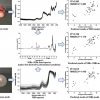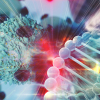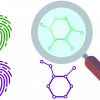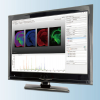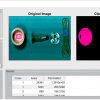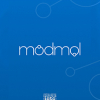A team led by Anne Zehnacker at Paris-Saclay University has combined mass spectrometry with a range of other simulation and analytical techniques, allowing them to distinguish between two chiral forms of a dipeptide biomolecule. The combined ability of chemists to distinguish between chiral molecules, and analyse their structures in detail, could enable far more sophisticated analysis and manipulation of complex substances. In their study, Zehnacker’s team used a combination of techniques to study the chiral structures of a particular dipeptide biomolecule. After mass spectrometry, they analysed the fragments using laser spectroscopy. They discovered that the resulting light spectra were far more strongly affected by the chirality of the molecules when they were broken apart by collisions, as opposed to photons. As revealed by combination of quantum calculations and chemical dynamics simulations, this effect arose since each chiral form of the dipeptide transforms into a different isomer molecule, presenting different barriers to the ability of protons to move between molecules.
Uncovering fragmentation differences in chiral biomolecules
Rate this Article
Rate this Article





